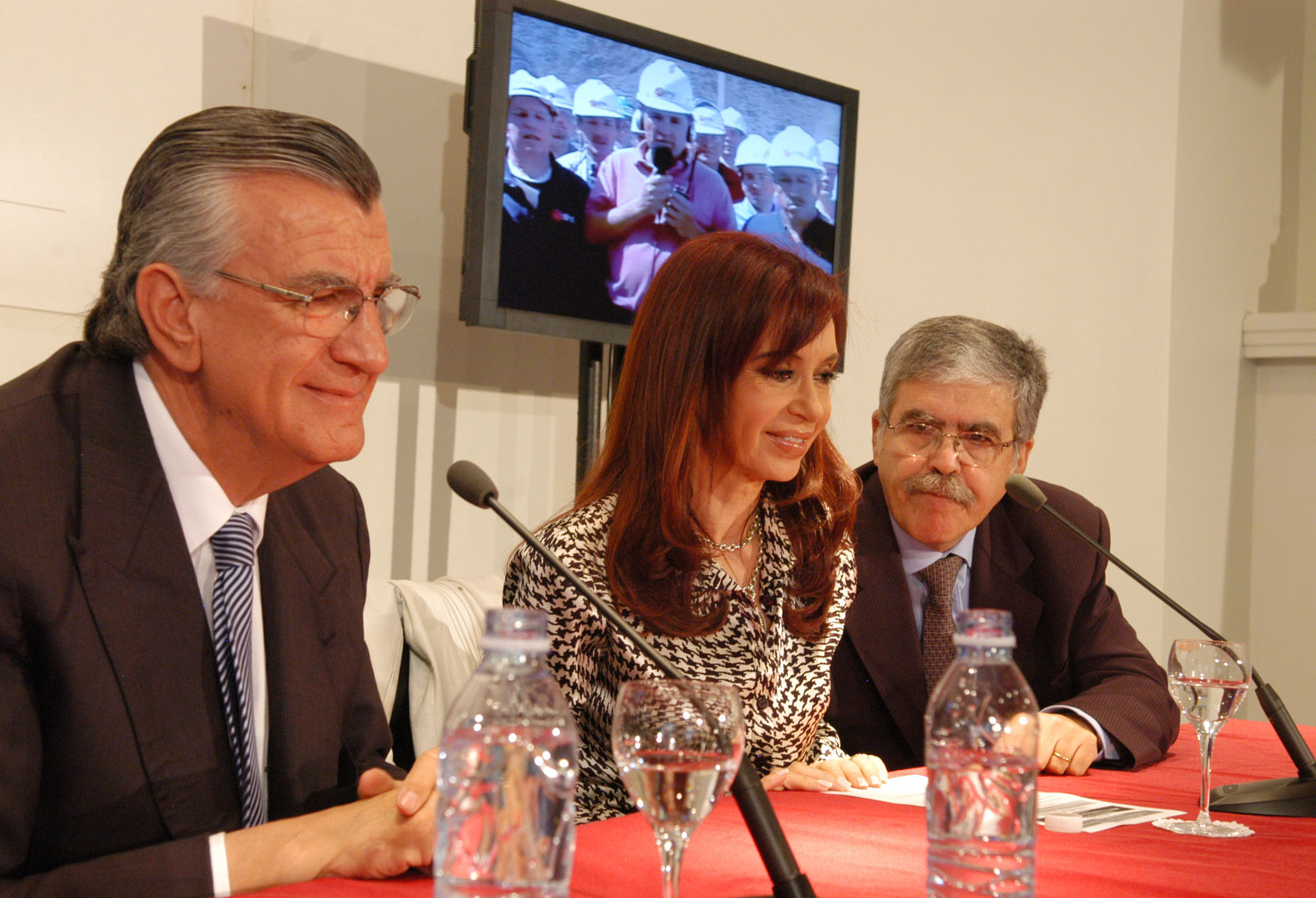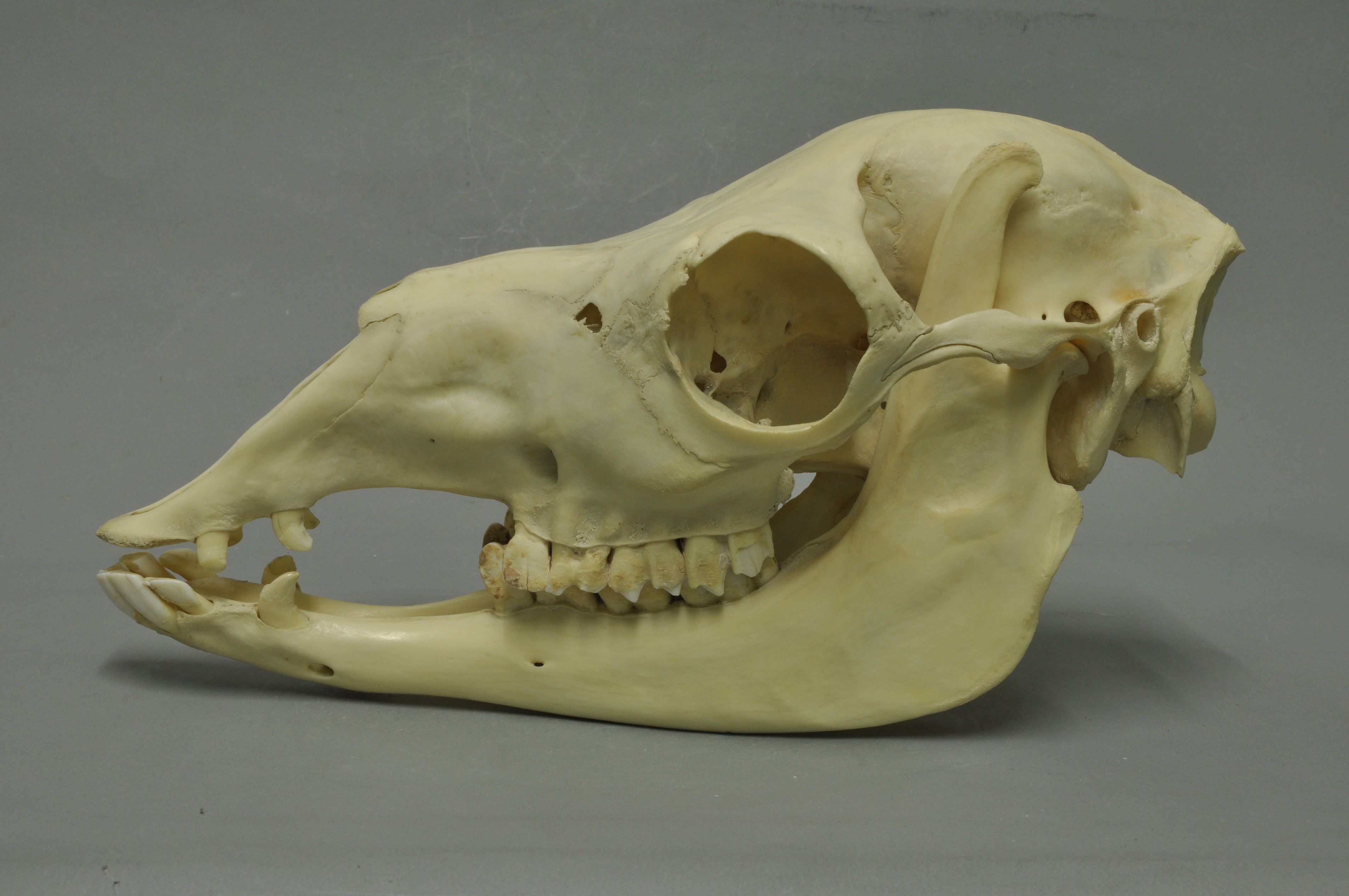|
Estancia Maradona
The Estancia Maradona is a protected area in San Juan Province, Argentina, about southwest of San Juan, Argentina. It covers just over , and lies at the foot of the foothills near the Sierra Chica de Zonda. In March 1831 an armed party of forty men under Nasario Benavides were making the Estancia de Don Manuel Maradona their base while preparing to return to San Juan during the Argentine Civil Wars. Today, Estancia Maradona is an area where guanaco The guanaco (; ''Lama guanicoe'') is a camelid native to South America, closely related to the llama. Guanacos are one of two wild South American camelids, the other being the vicuña, which lives at higher elevations. Etymology The guanaco ...s are conserved. Due to its proximity to the city, poaching is a problem. The land is rugged. Although the estancia is private property, it is used without permission for recreation by people with all-terrain vehicles. References Populated places in San Juan Province, Argentina< ... [...More Info...] [...Related Items...] OR: [Wikipedia] [Google] [Baidu] |
San Juan Province, Argentina
San Juan Province () is a province of Argentina, located in the western part of the country. Neighbouring provinces are, moving clockwise from the north, La Rioja, San Luis and Mendoza. It borders with Chile to the west. The province has an area of 89,651 km2, covering a mountainous region with scarce vegetation, fertile oases and turbulent rivers. Throughout the entire province there are an important number of paleontological sites. Similar to other regions in Argentina, agriculture is one of the most important economic activities, highlighting wine production and olive oil. Additionally, a variety of fruits and vegetables are produced in the fertile valleys irrigated by artificial channels in the western part, close to the Andes mountain range. This is the second province in volume of wine production at the national level and in South America, and possesses outstanding varietal wines. It is also an important center of mining and oil production. History Before the a ... [...More Info...] [...Related Items...] OR: [Wikipedia] [Google] [Baidu] |
Zonda Department
Zonda Department (Spanish: ''Departamento Zonda'') is an administrative department of San Juan Province in Argentina. Zonda is located in the south of the province, bordered by Ullum Department to the north, Sarmiento Department to the south, Calingasta Department to the east, and Pocito Department and Rivadavia Department to the west. As of the 2010 INDEC census, Zonda has a population of 4,863, with a density of 2.6 people per square kilometer. It is one of the most sparsely populated regions in the province. The largest settlement within Zonda is concentrated towards the northeast of the department in the village of Villa Basilio Nievas, which is also known simply as "Zonda". Much of the west of the department has a mountainous, rugged terrain that is sparsely populated. The name of the department comes from indigenous roots, meaning "high sky". Its name refers to the warm wind characteristic of the province. Zonda has a hilly landscape with sparse vegetation and its econo ... [...More Info...] [...Related Items...] OR: [Wikipedia] [Google] [Baidu] |
San Juan, Argentina
San Juan () is the capital and largest city of the Argentine province of San Juan in the Cuyo region, located in the Tulúm Valley, west of the San Juan River, at above mean sea level, with a population of around 112,000 as per the (over 500,000 in the metropolitan area). It is a modern city with wide streets and well-drawn avenues with wide sidewalks and vegetation of different species of trees irrigated by canals, from which it derives its nickname ''oasis town''. It has an important accommodation infrastructure and transportation. It highlights modern buildings and the surroundings, the reservoir and Ullum dam, spas, museums, large plantations of vines, and various types of agriculture, with wine being the most important. History and architecture Before the arrival of the Spanish Conquistadores, the Huarpe Indians inhabited this area. San Juan de la Frontera was founded on June 13, 1562, by Juan Jufré at the shore of the San Juan River. In 1593 flooding damaged ... [...More Info...] [...Related Items...] OR: [Wikipedia] [Google] [Baidu] |
Sierra Chica De Zonda
Sierra (Spanish for "mountain range" and "saw", from Latin '' serra'') may refer to the following: Places Mountains and mountain ranges * Sierra de Juárez, a mountain range in Baja California, Mexico * Sierra de las Nieves, a mountain range in Andalusia, Spain * Sierra Madre (other), various mountain ranges ** Sierra Madre (Philippines), a mountain range in the east of Luzon, Philippines * Sierra mountains (other) * Sierra Nevada, a mountain range in the U.S. states of California and Nevada * Sierra Nevada (Spain), a mountain range in Andalusia, Spain * Sierra de San Pedro Mártir, a mountain range in Baja California, Mexico * Sierra Maestra, a mountain range in Cuba Other places Africa * Sierra Leone, a country located on the coast of West Africa Asia * Sierra Bullones, Bohol, Philippines Europe * Sierra Nevada National Park (Spain), Andalusia, Spain * Sierra Nevada Observatory, Granada, Spain North America * High Sierra Trail, California, United States ... [...More Info...] [...Related Items...] OR: [Wikipedia] [Google] [Baidu] |
Argentine Civil Wars
The Argentine Civil Wars were a series of civil conflicts of varying intensity that took place through the territories of Argentina from 1814 to 1853. Initiation concurrently with the Argentine War of Independence (1810–1820), the conflict prevented the formation of a stable governing body until the signing of the Argentine Constitution of 1853, followed by low frequency skirmishes that ended with the Federalization of Buenos Aires. The period saw heavy intervention from the Brazilian Empire that fought against state and provinces in multiple wars. Breakaway nations, former territories of the viceroyalty such as the Banda Oriental, Paraguay and the Alto Peru were involved to varying degrees. Foreign powers such as British and French empires put heavy pressure on the fledging nations at times of international war. Initially conflict arose from tensions over the organization and powers of the United Provinces of South America. The May 1810 revolution sparked the breakdown of ... [...More Info...] [...Related Items...] OR: [Wikipedia] [Google] [Baidu] |
Guanaco
The guanaco (; ''Lama guanicoe'') is a camelid native to South America, closely related to the llama. Guanacos are one of two wild South American camelids, the other being the vicuña, which lives at higher elevations. Etymology The guanaco gets its name from the Quechua word ''huanaco'' (modern spelling ''wanaku''). Young guanacos are called ''chulengos''. Characteristics Guanacos stand between at the shoulder, body length of , and weigh . Their color varies very little (unlike the domestic llama), ranging from a light brown to dark cinnamon and shading to white underneath. Guanacos have grey faces and small, straight ears. The lifespan of a guanaco can be as long as 28 years. Guanacos are one of the largest terrestrial mammals native to South America today.San Diego Zoo's Animal Bytes Other terrestrial mammali ... [...More Info...] [...Related Items...] OR: [Wikipedia] [Google] [Baidu] |




